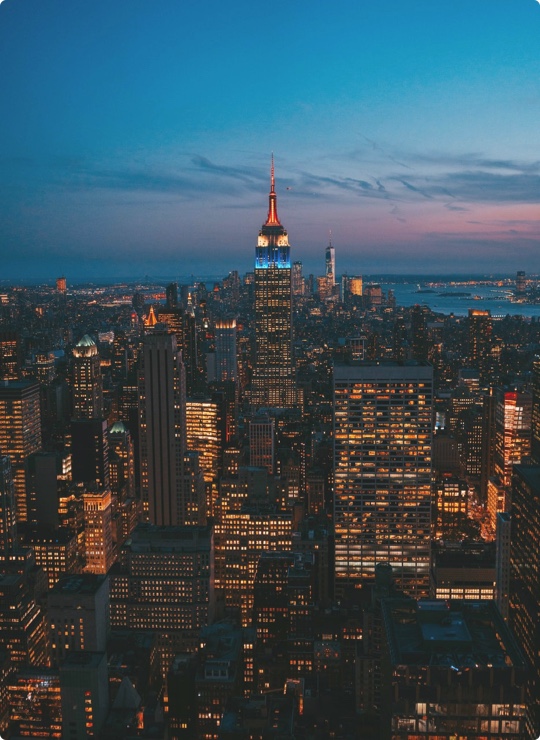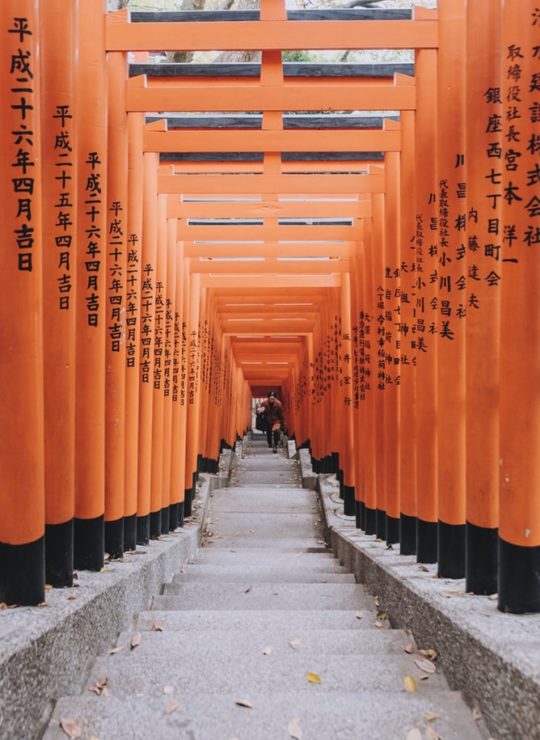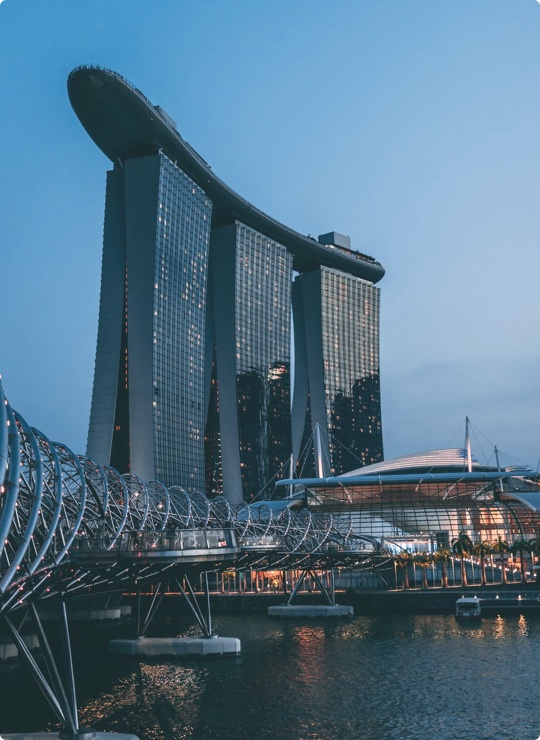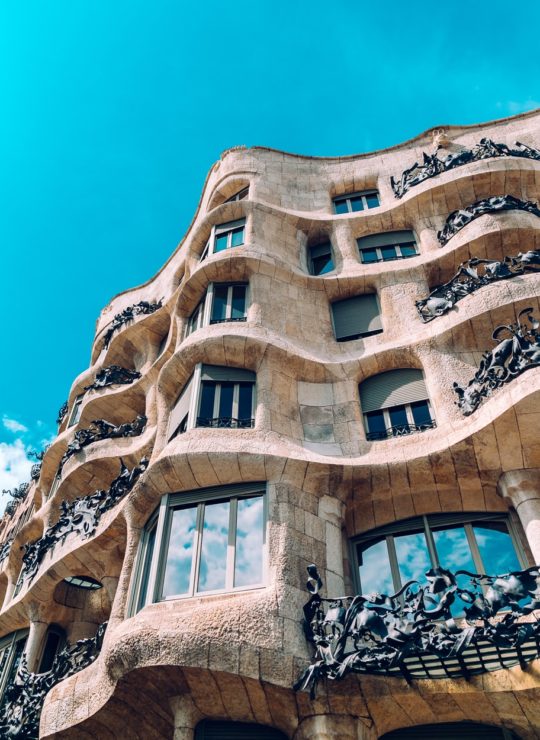Strabane
Strabane is a town in County Tyrone in Northern Ireland. It's an economically depressed market town with a population in 2021 of 13,500. It stands on the east bank of the River Foyle, which forms the border with the Republic of Ireland. Over on the west bank, a 15-min walk across the bridge, is Lifford, a small village yet it's the county town of County Donegal. Its few amenities are also described here.
Understand
[edit]
Strabane has been defined by its three rivers. The River Finn flows out of Donegal to the west, while the Mourne River flows down from Omagh to the south. At Strabane they combine into the River Foyle, which flows 14 miles north to reach the sea at Derry. Fed by the ample Ulster rain, they're fast-flowing and were harnessed for mills, to process flax into linen. But that made them difficult to ford, so at Strabane there was a ferry to Lifford on the west bank, and since 1730 a bridge. There's no other crossing of the Foyle until you reach Derry.
The area has good farmland and its Irish name is An Srath Bán, "the white strath, the grassy water-meadow". It attracted a series of settlers: Celts, Vikings, the O'Neill dynasty of Tyrone, the Plantation Scots. This meant that prehistoric and early Christian sites hereabouts have been lost to the plough, while surviving in wilder country elsewhere. Ulster was organised into counties after the Nine Years' War broke Gaelic resistance to the English, and the Finn and Foyle became the natural boundary between County Donegal on the west bank and County Tyrone on the east. County Londonderry began a few miles north at the tidal and navigation limit of the Foyle. Scottish settlers were already moving in before the war, but 1607 saw the flight of the defeated Earl of Tyrone into exile, and seizure of his estates. In 1608 rebels burned Derry, and London authority was determined to prevent further uprisings, so they began the systematic Plantation of Ulster with loyal Protestants. These became the majority population especially in the industrial east, but Strabane remained mostly Catholic.
In 1921 the prolonged Anglo-Irish conflict led to the partition of Ireland. County Donegal, though geographically in Ulster, was Catholic and joined Southern Ireland, which became an independent Republic. Tyrone and Londonderry were mostly Protestant and joined Northern Ireland, which remained within the United Kingdom. A boundary commission recommended transferring Strabane to the south (along with similar Catholic areas such as south Armagh) but it was politically sabotaged and its report was suppressed until 1969. An international border now separated Strabane and Lifford, blighting transport, trade and industry on both sides.

Strabane was therefore already a depressed place before the "Troubles" of the late 20th century, and economic grievances stoked sectarian tensions. The army and police arrived in force, and themselves became frequent targets for bombs and shooting. The position of the border wasn't the issue, it was the legitimacy of that border and continued British rule in Northern Ireland, but it did not improve local opinion when the commission report was leaked to learn that they might have been in the Republic all along. The town was extensively damaged, and employment and industry fled. And then the river flooded the town in 1987.
The Good Friday Agreement of 1998 led to de-escalation of violence and military presence, and the border on the Foyle river bridge became as insignificant as a parish boundary. Economic regeneration however was slow. The nearby city of Derry successfully re-launched itself as a place worthy of tourism and investment. Strabane grew as a commuter town for Derry but otherwise has struggled to benefit. In 2011 the counties of Northern Ireland were abolished as units of local government, and since 2015 the town has been part of the "super-district" of Derry and Strabane. Uncertainty remains over the long-term effects of Brexit on the Irish border.
Visitor information is available at the Alley Theatre on Railway Street, see below.
Get in
[edit]By road from Belfast follow M2 / A6 towards Derry and branch off onto B49 at Claudy.
Ulsterbus 273 runs from Belfast Grand Central hourly M-Sa and every two hours Sunday, taking 2 hr 30 min via Lurgan, Dungannon and Omagh, and continuing to Derry. Bus 97 is an extra between Strabane and Omagh, twice M-F.
Ulsterbus 98 takes 40 min between Derry and Strabane, M-Sa every hour or two.
Goldliner X3 runs three times a day from Dublin Busáras and Airport to Strabane (3 hr) and Derry.
Expressway 32 also runs every hour or two from Dublin Busáras and Airport, taking 4 hours via Monaghan and Omagh, and continuing to Lifford and Letterkenny. Unlike the X3, you can ride this between intermediate points.
Derry is the nearest railway station, with hourly trains from Belfast.
1 Strabane bus station is south bank of the Mourne River on A5, a short walk from town centre.
Get around
[edit]Lifford is walking distance, and there are no border checks. It's up to you to ensure that you're eligible to cross between UK and Ireland, that you carry any relevant documents with you, and that your car insurance / rental agreement is valid for both countries.
Buses towards Omagh will take you to Sion Mills. You need your own wheels for other out-of-town sites.
Taxi firms are Street Taxis (+44 7519 481210), Whitestar (+44 28 7138 3838) and Sun Taxis (+44 28 7188 5000).
National Cycleway 95 runs mostly on-road from Armagh to Dungannon, Cookstown and Strabane. Route 92 runs from Enniskillen to Omagh, Strabane and Derry.
See
[edit]
- 1 "The Tinneys" is the local name for the street sculpture "Let the dance begin." They're five 20-foot steel figures northwest edge of town, where A38 branches off A5 to cross the river into the Republic. They were commissioned to celebrate the relaxation of the border, the "dance" being the re-united communities.
- 2 Gray's Printing Press, 49 Main Street BT82 8AU, ☏ +44 28 8674 8210, [email protected]. Closed. The National Trust owns this shop in which John Dunlap (1747-1812) learnt the printing trade. He moved to Philadelphia to work for his uncle's printing business, eventually taking it over. He fought alongside Washington in the War of Independence, and won the printing contract for the Continental Congress. He printed their 1776 declaration of their break with Britain, now called the United States Declaration of Independence, and other government documents including currency. The shop displays printing technology of his time.
- Christ Church on Bowling Green is C of I (Anglican), built in 1879.
- Church of the Immaculate Conception on Barrack St is RC, completed in 1895.
- 3 Wilson Homestead, 28 Spout Rd BT82 8NB (off B536 Fountain St). Jul-Sep W 1-4PM by prior arrangement only. The homestead of James Wilson, grandfather of President Woodrow Wilson, 28th President of the USA. It's run as part of the Ulster American Folk Park in Omagh. Free.
- Political murals are painted here and there in the town. They change with events so ask around for any worth seeking out.
- 4 Lifford is the village half a mile west of Strabane that is the county town of County Donegal. The Old Courthouse, built in 1746, has a museum and does tours; it also operates as an escape room.

- 5 Sion Mills is a planned village 3 miles south of Strabane, built in the late 19th century around Herdman's flax mill. "Sion" is from an Irish placename Seein, probably referring to a mound, it doesn't derive from "Zion". The mill is imposing and there's a cluster of fine half-timbered buildings. It's as significant to Northern Ireland as Saltaire is to England and New Lanark is to Scotland, but it's become derelict and suffered arson, and is in danger of collapse. You can wander round at a distance and see the swinging bridge and other mechanisms by the river.
- See Omagh for Newtonstewart, a village 10 miles south of Strabane with two ruined castles that won't detain you long.
- See Letterkenny for Beltany Stone Circle, 7 miles west near Raphoe in County Donegal.
Do
[edit]| The rich man in his castle, the poor man at his gate / Tis God appoints their station and contents them with their fate Cecil Frances Alexander (1818-1895) was a composer of hymns. In Strabane she married the future Anglican Bishop of Derry and Archbishop of Armagh. She was involved in many local charitable efforts, funded from the success of her hymns: best known today are "All Things Bright and Beautiful", "There is a Green Hill Far Away" and "Once in Royal David's City". Several places claim to have inspired these, but the scenery of Londonderry, Strabane and the river valley suffuses all of them. They're also an Anglican High Tory rebuke to all those upstart revolutionaries and Fenians. |
- Alley Theatre and Conference Centre, Railway Street BT82 8EF, ☏ +44 28 7138 4444. Daily 10AM-5PM. A 270-seat theatre, conference centre, art gallery, tourist information centre and cafe-bar.
- Strabane Drama Festival is in mid-March at Alley Theatre. See also listings for Derry, which co-hosts some events with Strabane.
- Eclipse Cinema is north bank of the river in Lifford.
- Golf: Strabane GC is on Ballycolman Rd. White tees 5542 yards, par 69.
- Hillvalley GC and driving range is at Sion Mills.
- Strabane Canal, built in 1796, fell derelict in 1962 and is mostly just a line of shrubs. Its north end at the confluence of River Foyle and Burn Dennett was expensively but incompetently rebuilt in 2006 and is again derelict, but you can walk the towpath.
Buy
[edit]- Asda and its filling station north side of town is open 24 hours.
Eat
[edit]
- Town centre eateries include Oyster (below), Cherry Tree, Wok Inn, Tusk, Giuseppe's Pizza, Murphys on the Green, and The Banks.
- Oysters, 37 Patrick St BT82 8DQ, ☏ +44 28 7138 2690. W-Su noon-9PM. European menu, the fish earns the best reviews, but plenty of meat and veggie / GF choice.
Drink
[edit]- Dicey Riley's is a sports bar at 30 Market St, open daily noon-midnight.
- Bowling Green Bar at 28 Main St is open M-F 11AM-1AM, Sa Su 10AM-2AM.
- Dixie's at 8 Castle Place is open daily 11AM-midnight.
- Devlin's at 5 Castle Place is open daily 11AM-11PM.
- Charlie's at 15 Castle St is open daily 11AM-midnight.
- Joe's at 11 Market St is open daily 11AM-1AM.
- Christy's at 84 Lower Main St is open W noon-midnight, Th F noon-6PM.
- Farmers' Home at 19 Railway St is open daily 9AM-2AM.
- Railway Bar at 64 Railway St is open M 4PM-1AM, Tu-Su noon-1AM.
Sleep
[edit]- 1 MK's Bar, 4 Derry Rd BT82 8DT, ☏ +44 28 7188 4427. It still has a public bar, but this is nowadays a guesthouse.
- 2 Fir Trees Hotel, Dublin Rd BT82 9EA, ☏ +44 28 7138 2382. Clean, well-run hotel at south end of town, handy for A5. B&B double £110.
- 3 The Coach Inn, 366 Victoria Rd, Ballymagorry BT82 0AR, ☏ +44 7733 655277. Simple clean guesthouse midway between town and Derry. B&B double £90.
Connect
[edit]
Strabane, Lifford and their approach roads have 4G from the British EE, Three and Vodafone, and 5G from O2.
They also have 4G from Irish Vodafone, and 5G from Eir and Three. So take care which network your mobile latches onto, in case of extra charges.
Go next
[edit]- Derry is a must-see, a historic city retaining its defensive walls.
- Omagh has the Ulster American Folk Park.
- Cookstown is near several prehistoric sites.
| Routes through Strabane |
| Derry ← | NW | → Omagh → Dublin |


 Français
Français Italiano
Italiano




